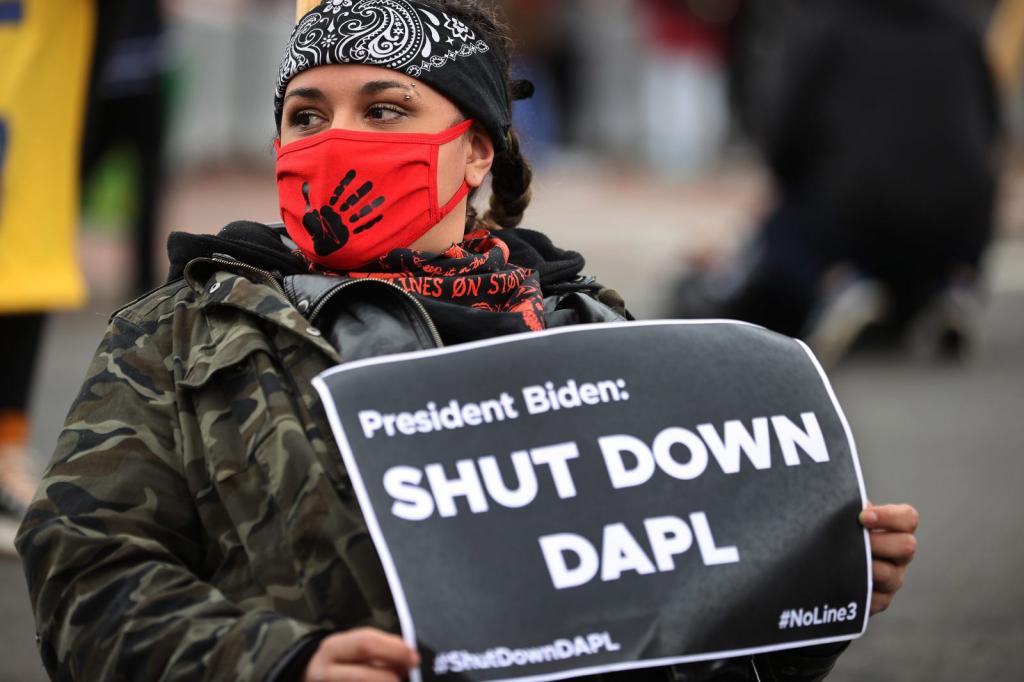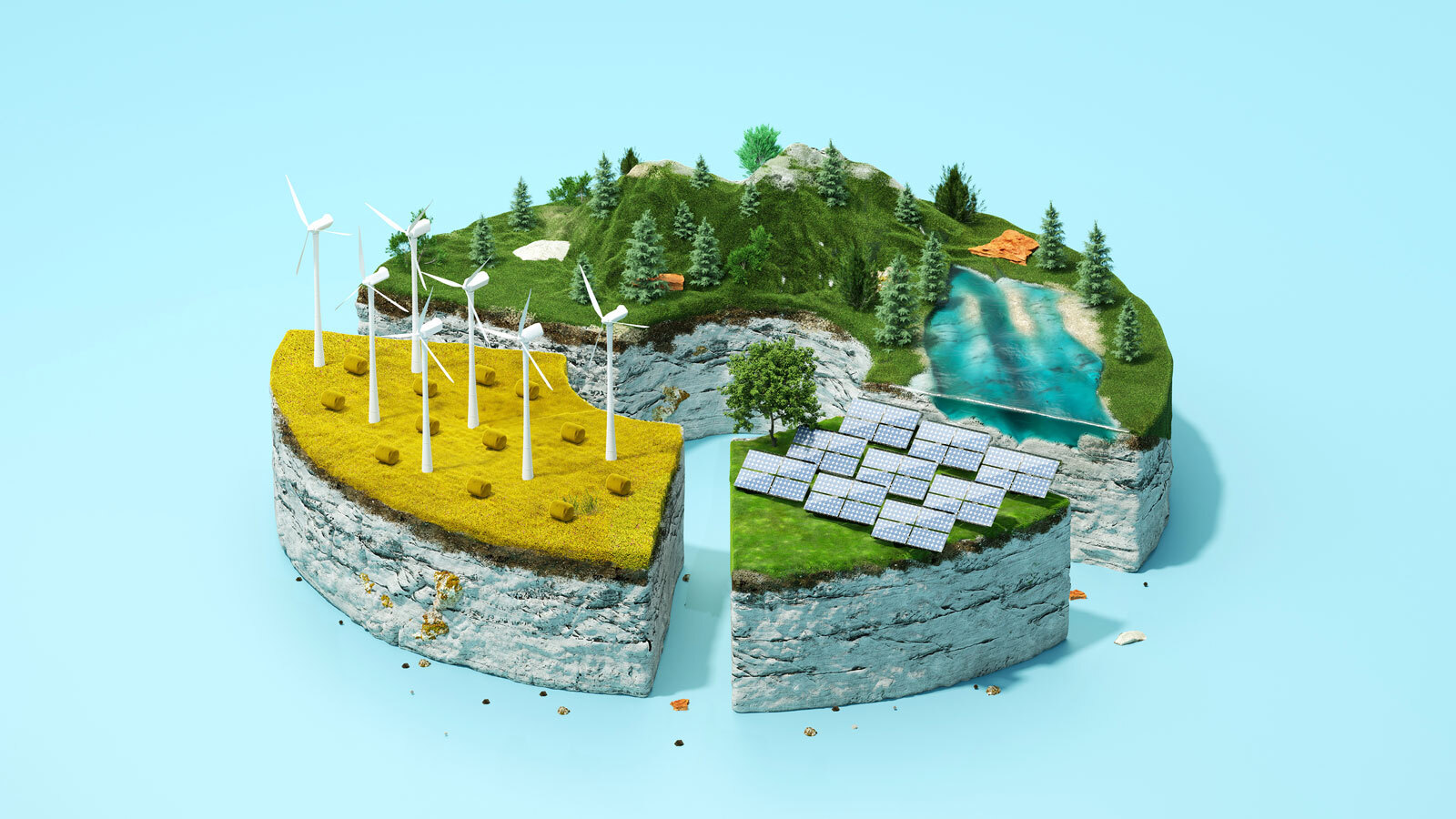Lew Daly is deputy director of climate policy at the Roosevelt Institute. Elizabeth Yeampierre is co-chair of the board of directors of the Climate Justice Alliance and the executive director of UPROSE in Brooklyn, New York.
It’s no secret that the top infrastructure priority for mainstream climate advocates is a federal clean energy standard, a necessity for achieving zero emissions in the electricity sector and decarbonizing the wider economy.
But if it’s not aligned with environmental justice goals, it could cause more harm to frontline communities.
The Clean Energy Performance Program, recently approved by the House Energy and Commerce Committee as part of the Democrats’ reconciliation proposal, is a good step forward on climate. But it raises more questions than it answers on racial equity. It also spotlights broader questions of how the clean energy transition will unfold for the most vulnerable communities in our current system of fossil fuel capitalism.
The legislation — which tailors the regulatory goals of a clean energy standard to the constraints of budget reconciliation rules — establishes a scheme of federal payments and penalties to incentivize utilities to procure 80 percent of the electricity they sell to customers from clean and renewable sources by 2030, with a goal of achieving 100 percent clean electricity by 2035.
But the policy’s “technology neutral” definition of clean energy does not distinguish between truly clean and renewable energy sources, such as solar and wind, and potentially harmful solutions like carbon-capture technology, which perpetuates the use of fossil fuels and the local air pollution created by its combustion. The leading Senate supporter of the program, Democrat Tina Smith of Minnesota, has made it clear that carbon-capture technologies are included. This alone is a major stumbling block for advocates whose primary focus is achieving equity in the clean energy transition.
Coming up short on environmental justice
Supporters of the policy generally assert that its climate goals will also have environmental justice benefits. In a very broad sense, this is true: Cutting dirty fuels from the electricity sector will reduce both greenhouse gases and the harmful “co-pollutants” that are also emitted when combusting fossil fuels, including particulate matter (soot), nitrogen oxides, sulfur dioxide, and in some cases, mercury. Modeling by University of California, Berkeley researchers, for example, projects co-pollutant reductions of more than 90 percent under a standard requiring 80 percent clean electricity by 2030.
Such reductions, however, are projected in aggregate for the whole power sector and do not account for stark underlying inequities of pollution exposure. For example, even within the boundaries of New York City, where we both live, racial disparities in air quality and related health effects are geographically correlated with the placement of highly polluting “peaker” power plants in communities of color, particularly in the South Bronx and Western Queens.
Research published in the journal Environmental Science and Technology found that low-income Black people face the highest risk of death from particulate pollution emitted by power plants. Compare that to their low-income white counterparts, whose risk of death is less than even that of Black middle-income residents. Disparities in exposure to nitrogen oxides, the main pollutant emitted by natural gas plants and a significant source of respiratory problems, are also highly skewed by race. In large urban areas, these disparities are four times greater by race than by income. The gap in rural areas is twentyfold.
It is also concerning that many clean energy scenarios assume a reduced but continuing role for natural gas plants. This means continued nitrogen oxide exposure that will disproportionately affect people of color. Proposals to “re-power” fossil fuel plants with hydrogen gas, a source of nitrogen oxide emissions potentially six times greater than that of natural gas, or to continue burning biomass for energy — which can be highly toxic for nearby communities and yet is generally considered “carbon neutral” for climate policy — are also troubling.
Policymakers should not assume that a transition to clean energy will address, let alone reverse, such inequities without explicit, directive, and accountable policy interventions. A clean energy standard is a market-oriented policy in an economy that pervasively and persistently violates the human rights and needs of people of color. Left to its own devices, the energy system is no exception to this rule, and a standard that gives too much discretion to utilities in their compliance choices risks further harm for the hardest-hit communities.
A clean energy standard is a market-oriented policy in an economy that pervasively and persistently violates the human rights and needs of people of color.
The restructuring of power generation, even in the name of cleaner energy, may also create new or additional pollution risks for frontline communities. Utilities procure the electricity they sell to customers from many different types of power generators; some are much dirtier than others and closer to densely populated areas. A sector-wide transition from dirty to clean electricity overall could result in significant variation in co-pollutant reductions, perpetuating or even worsening pollution exposure in specific places (sometimes termed “hot spots”).
As University of Massachusetts Amherst researchers argue, a “narrow focus on carbon reduction alone … could not only forego potential health gains but also may worsen air quality in pollution hot spots in predominantly minority and low-income communities.” Indeed, there is evidence of precisely such an outcome in California, where the state’s cap-and-trade program covering power plants and other high-emitting sources adopted a co-pollutant-neutral approach in the name of reducing costs and increasing flexibility for polluters. After three years, carbon emissions and overall pollution went down, but more than half of covered facilities actually increased their pollution, and the majority of these facilities were located in or near communities with higher proportions of low-income residents and people of color.
The proposed legislation does not detail any conditions for the use of federal funds by utilities. While it is clear that the Department of Energy will need to develop more detailed rules or guidelines for implementation of the program, it is concerning that the legislation itself does not prioritize low-income communities. On local power plant pollution, it is completely silent.
Making a good bill better
Clean energy standards should not be co-pollutant neutral. Rather, prioritizing pollution reductions in the most impacted communities should be required in any clean energy standard policy, notwithstanding the business preferences of utilities. More specifically, in a program heavily reliant on federal financial incentives, meeting co-pollutant reduction benchmarks in affected communities should be a condition for utilities to receive such support. Utilities that succeed on environmental justice in their service areas or power portfolios should receive larger incentives, while those that fail should receive less federal support or even be penalized.
The program should also be structured and standardized to ensure substantial clean energy investment in frontline communities, which would generate jobs, health benefits, and energy independence for residents. An “80×30” standard is estimated to leverage nearly $1 trillion in additional investment and economic activity related to the clean energy build-out. Who will benefit from all this added economic value from clean energy, and who will get the estimated 7.7 million jobs created by 2031? The Biden administration’s Justice 40 agenda says that 40 percent of federal clean energy investments should be targeted for the benefit of frontline communities. How will the policy meet this benchmark?
Utilities receiving federal funds should be legally responsible for reducing energy costs of low-income households. And Congress should provide substantial new funding for the Environmental Protection Agency to implement more rigorous oversight of power plants under the Clean Air Act, including upgraded emissions reporting and verification; updated technological standards and other pollution-control requirements for new and existing facilities, including smaller facilities; and expanded enforcement to ensure compliance with air quality requirements. The legislation does include new funding for air quality monitoring and compliance and enforcement data systems, but it does not specify actions related to power plant pollution.
As Congress sets the course for achieving a zero-emissions economy, we cannot lose sight of the opportunity the proposed clean energy standard presents for repairing historic racial inequities in the energy system, and ending the decades-long assault of fossil fuel extraction and pollution — not just in the atmosphere, but on the ground and in people’s lungs.
The views expressed here reflect those of the authors.
Fix is committed to publishing a diversity of voices, and we want to hear from you. Got a bold idea, fresh perspective, or insightful news analysis? Send a draft, along with a note about who you are, to fix@grist.org.



